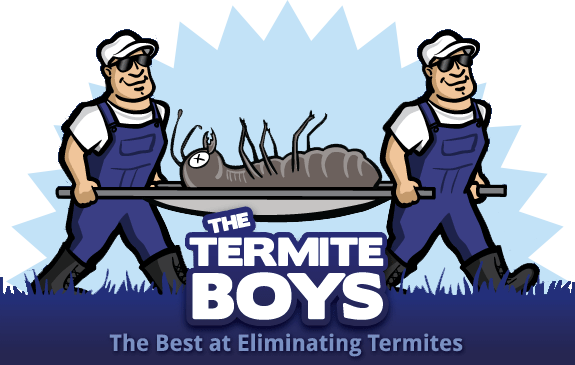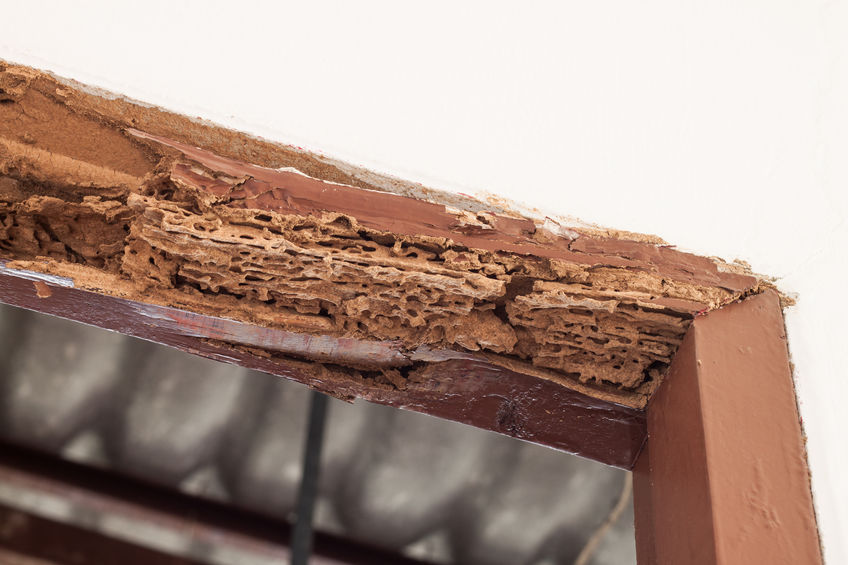Several termite species in the United States are pests that frequently infest and damage structural wood within homes and buildings. The eastern subterranean termite (Reticulitermes flavipes) is the only termite pest species that infests structures in urban and suburban areas of Boston. Unfortunately, the eastern subterranean termite is the most commonly controlled termite pest in the US, and every year this species causes more property damage in the country than all other native termite pest species combined. This spring, eastern subterranean termite mating swarms emerged around Boston a month earlier than usual, indicating that subterranean termites will be particularly prevalent in and around Boston this summer and fall. However, Boston residents who have their properties annually and professionally inspected for termite damage can rest easy, as subterranean termite workers will not cause a house to collapse overnight.
While subterranean termites have been known to literally destroy homes, infestations must last for several years before serious and costly structural damage becomes noticeable. That being said, it should be known that termites are the most economically significant pests in the world, as they inflict more than five billion dollars in property damage annually in the US alone. The speed at which subterranean termite workers consume structural wood is not what makes these insect pests so economically devastating; instead, it is their ability to covertly initiate and expand their infestations without drawing the attention of homeowners.
Over the years, researchers, entomologists, and pest control professionals have employed multiple preventative termite control methods to protect homes from subterranean termite attacks. For example, since the 1950s, pest control professionals have been applying termiticide barrier treatments around the perimeter of homes to effectively prevent subterranean termite attacks. Although termiticide barrier treatments remain the most common method of subterranean termite control, several baiting systems introduced over the last 20 years have been catching up in popularity. Before the advent of termiticide barriers, researchers experimented with every possible termite control agent imaginable, including nest excavation, herbal applications, botanical extracts, inorganic salts, pouring hot water or oil into nests, and even the use of fire.
One of the first termite control methods that researchers explored for commercial use was the application of arsenic dust directly into the narrow tunnels that subterranean termites excavate in wood. Once it became clear that arsenic dust would not be transferred back to the nest to exterminate the entire colony, researchers began focusing on ground treatments. While subterranean termite attacks on structural wood can be prevented with modern pest control methods, remedial and ecologically sound termite control methods are now in high demand. Today, pest control researchers are developing environmentally friendly termite control methods using non-chemical extermination agents, such as predatory nematodes, antibiotics, and high heat.
Do you know if your property had been treated for subterranean termite pests before you moved in?

